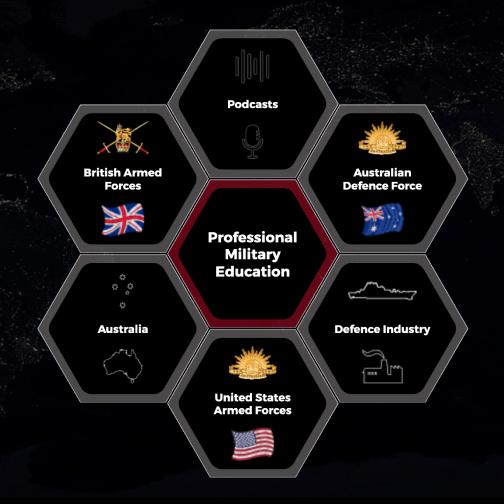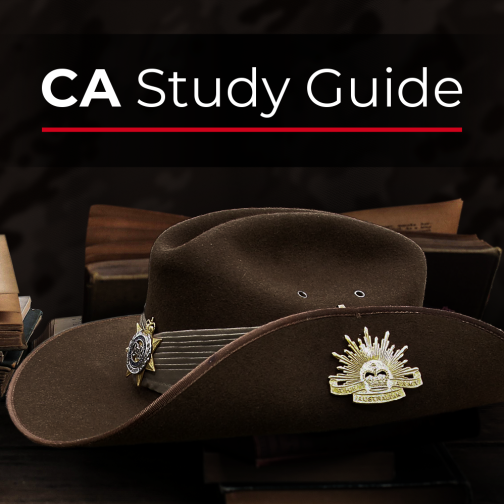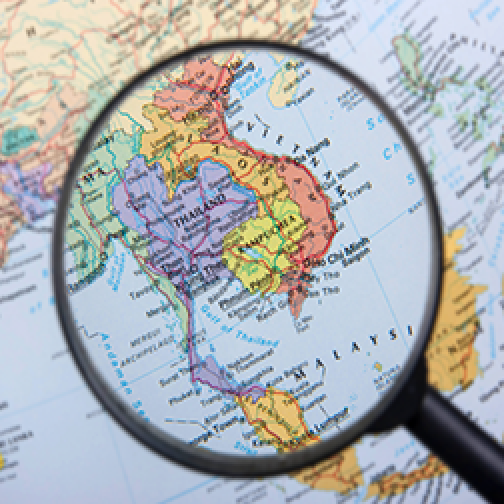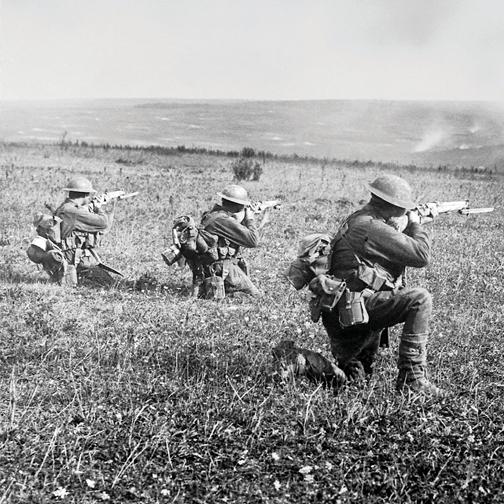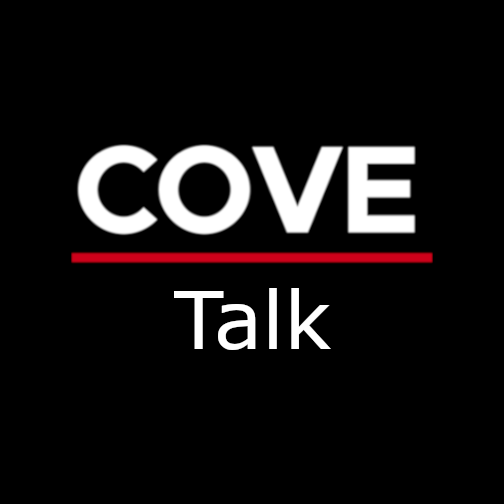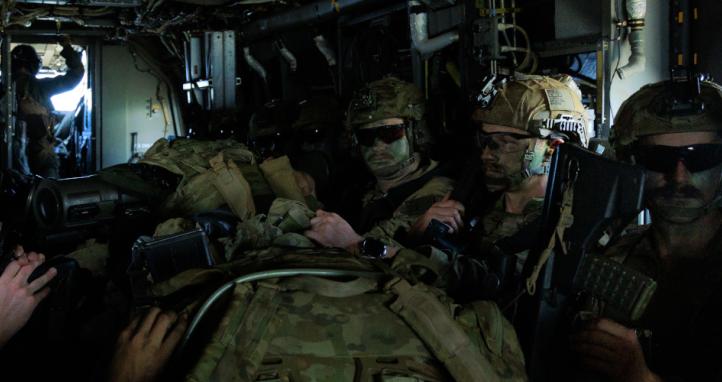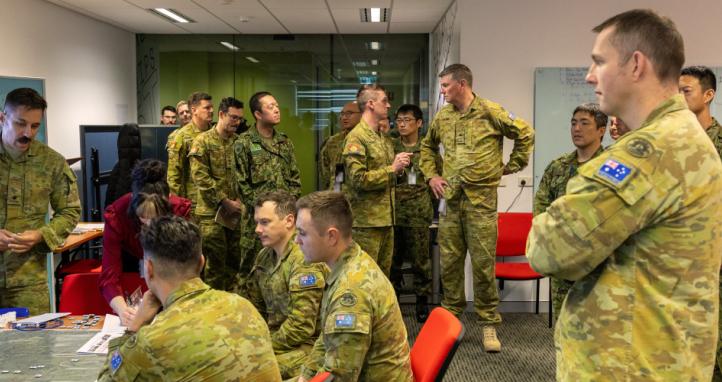The Australian Army is on the verge of a significant strategic shift, focusing more on littoral manoeuvre around Australia's northern approaches. Key to this change is Project LAND 8710, which will provide a modern fleet of 8 Landing Craft – Heavy (LCH), and 18 Littoral Manoeuvre Vessel – Medium (LMV-M). These vessels are more than transport ships; they are crucial to our ability to project and maintain land power across the Indo-Pacific. As these vital assets become operational, there is an excellent opportunity to give them an identity, purpose, and a strong connection to their operational environment.
This article introduces a comprehensive naming system for the new Army landing craft fleet, including examples of tailored mottos and mascots for each operational group. The goal is to build esprit de corps, strengthen unit identity, and symbolically connect these vessels to the vital Queensland and Northern Territory regions where they will operate.
Connecting Vessels to Their Domain
This proposal promotes a unique naming system that avoids conflicts with the Royal Australian Navy's (RAN) established 'HMAS' prefix and is based on the geographical realities of the Army's future operations. For the LCH, they are named after important harbours or bays in Queensland and the Northern Territory. These larger vessels act as the command and primary lift platforms and will be named after key operational locations. This approach continues with the names for the LMV-Ms, which are named after the rivers that flow into these harbours or bays. The LMV-Ms are the workhorses, reaching further inland, and their names will symbolise the arteries through which our forces move to the shore. This structure creates logical, geographically themed 'clusters' of vessels, enhancing their regional identity and mirroring the integrated nature of littoral operations.
Proposed Names
Following this naming convention, eight groupings are proposed, designed to account for the full complement of 8 LCH and 18 LMV-M vessels. Names associated with existing or former RAN ship names are excluded, and unique mottos and mascots are provided, linked to the regions associated with these clusters.
1. Edgecumbe Bay Group (QLD)
- LCH: Edgecumbe
- LMV-Ms: Proserpine, Don
- Motto: "Tide of the Top End"
- Mascot: The Cane Toad – A symbol of tenacious resilience and adaptability in challenging environments.
2. Mission Bay Group (QLD)
- LCH: Mission
- LMV-Ms: Embley, Coleman
- Motto: "By Sea, By Shore"
- Mascot: The Jabiru – Represents a graceful yet powerful presence, watchful readiness, and seamless transition between elements.
3. Port Curtis Group (QLD)
- LCH: Port Curtis
- LMV-Ms: Boyne, Calliope
- Motto: "The Tide's Embrace"
- Mascot: The Mud Crab – A master of the littoral zone, signifying strength, resilience, and adaptability in complex coastal terrain.
4. Halifax Bay Group (QLD)
- LCH: Halifax
- LMV-Ms: Herbert, Jardine, Palmer
- Motto: "The Tide Brings the Force"
- Mascot: The Bull Shark – A powerful and adaptable predator of the coastal waters, symbolising the unit's ability to deliver a resolute force from the sea.
5. Bynoe Harbour Group (NT)
- LCH: Bynoe
- LMV-Ms: Blackmore, Charlotte
- Motto: "From the Depths"
- Mascot: The Barramundi – A powerful and elusive fish, representing rapid movement, precision, and the ability to strike effectively.
6. Port Essington Group (NT)
- LCH: Essington
- LMV-Ms: Meander, Mary
- Motto: "Pioneers of the Coast"
- Mascot: The Dugong – Symbolising the unit's vital role in humanitarian assistance, disaster relief, and sustained presence, gentle yet profoundly impactful.
7. Gove Harbour Group (NT)
- LCH: Gove
- LMV-Ms: Melville, Walker
- Motto: "Guardians of the Gulf"
- Mascot: The Goanna - A highly adaptable and watchful reptile, symbolising the unit's resilience and protective presence in the coastal environment.
8. Van Diemen Gulf Group (NT)
- LCH: Van Diemen
- LMV-Ms: East Alligator, South Alligator, Wildman
- Motto: "The Iron Jaw of the North"
- Mascot: The Saltwater Crocodile – An apex predator of the estuaries, embodying stealth, power, and the unit's lethal capability in coastal projection.
Why This Approach?
This naming proposal offers several persuasive advantages. It firmly establishes a unique naming convention for Army watercraft, reinforcing their role within the joint force without infringing on RAN traditions. It has geographic relevance, as the names are directly derived from the coastal regions and river systems of Queensland and the Northern Territory, and the vessels are symbolically linked to their primary areas of operation and strategic importance. The thematic grouping of LCH (harbour/bay) and LMV-M (rivers) enables units operating these crafts to develop a stronger identity centered around their specific operational environment, fostering pride and cohesion.
Finally, the proposed mottos and mascots are not random. They reflect the likely tasks of these units – from combat projection (Saltwater Crocodile, Black-Headed Python) and resilience (Cane Toad, Mud Crab) to essential Humanitarian Assistance, Disaster Relief (HADR) support (Dugong). They serve as powerful Australian symbols of the units' capabilities and missions.
Conclusion
The new LAND 8710 landing craft fleet represents a step change for the Australian Army. By adopting a thoughtfully crafted naming convention, complete with evocative mottos and unique mascots, we can instil a strong, relevant identity that resonates with the challenging and critical tasks these units will perform. These names are an investment in the morale, professionalism, and distinct identity of the soldiers who will crew these vessels, ensuring they are not just machines, but custodians of Australia's littoral future.
